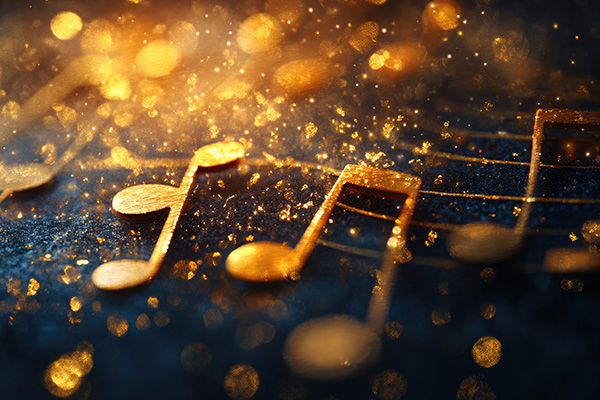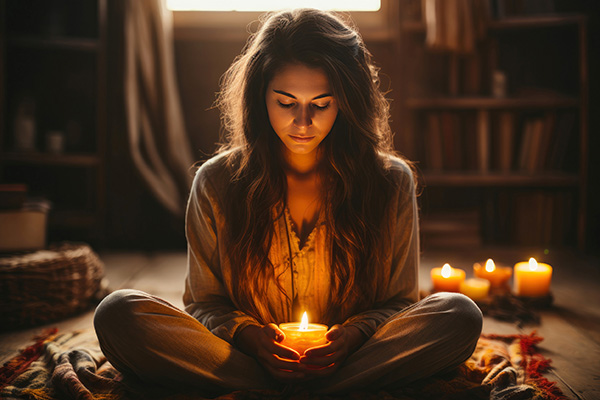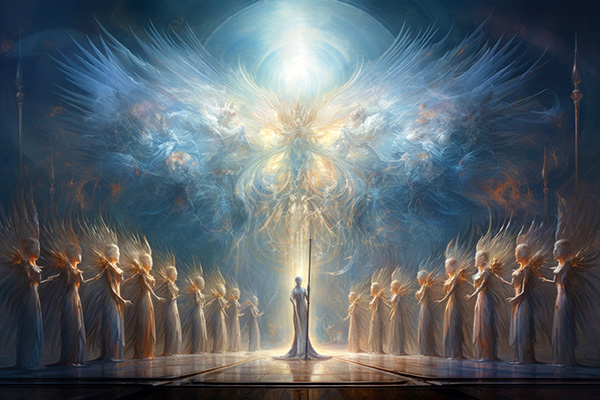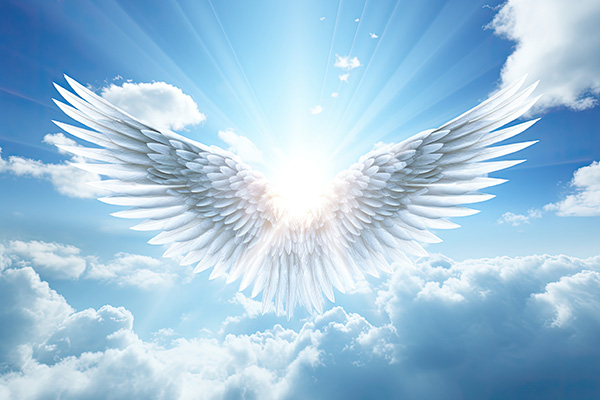Afterlife
The Emotional Imprints Of Past Lives
 I once did a psychic reading for a lady who had a real fear of the ocean. Her fear extended to being a passenger in an aircraft flying high above the ocean, to being on the beachfront trying to relax to the sound of waves crashing along the shore-line. She had booked a session with me to see if we could discover the source of her deep-seated fear of the sea.
I once did a psychic reading for a lady who had a real fear of the ocean. Her fear extended to being a passenger in an aircraft flying high above the ocean, to being on the beachfront trying to relax to the sound of waves crashing along the shore-line. She had booked a session with me to see if we could discover the source of her deep-seated fear of the sea.
The answer to people’s emotional blocks often comes to me through imagery and sounds, which I receive in my mind’s eye.
In this client’s case, the answer came ‘crystal clear.’ I saw a vision of a sailing ship from the 1800s being thrown around in a terrible storm, and I knew right away, that it was a past incarnation from whence her fear of water stemmed.
She had, in fact been a sailor on that ship, which sank. She died at sea after being swept overboard during tumultuous weather conditions.
The actual cause of many relationship challenges or emotional problems can lie in trauma which went unresolved in a previous life.
Emotional wounds leave emotional imprints, which filter into our current emotional condition. Locating the root problem from past lifetimes can go far in freeing us to move forward, free from those shackles that keep us stuck.
Have you ever felt uneasy when meeting someone new, without even knowing anything about them? It’s my belief that one can be holding a memory of a shared past life, in which the soul essence of the person, with whom we are ill at ease, was someone who harmed us in some way in another lifetime.
A Cuddly Message From Grandma At Halloween
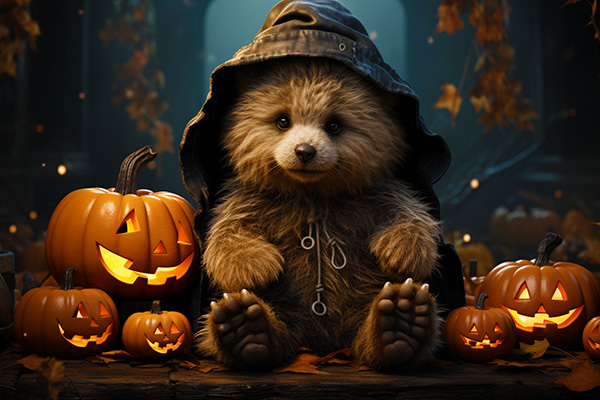 All of us have lost, or will in time lose someone very dear to us. Like it or not, all of us also have to ponder the concept of life after death at some point in our life. Some of us have very strong beliefs on the subject, one way or the other. We either believe in the afterlife, or we do not.
All of us have lost, or will in time lose someone very dear to us. Like it or not, all of us also have to ponder the concept of life after death at some point in our life. Some of us have very strong beliefs on the subject, one way or the other. We either believe in the afterlife, or we do not.
For me the answer is simple and easy. I strongly believe, because of both my personal and professional experiences. For example, I have been visited many times by my grandparents, and I have communicated with many loved ones in spirit in my daily work, when I do readings for my clients.
My grandma often communicates with me in the dream state. She tends to show up when I least expect it, usually to give me a guiding message or to warn me about something. She always has been a worrier, in this life and the next! Right up to the very day she departed this life, she was telling us what to do to keep safe, and she was always giving us good advice. She is very wise.
I was asking her just the other day to give me a sign that she was around, and sure enough, she did. But this time she did not show up in a dream. She spoke to me…through a teddy bear! Yes, indeed.
It is one of those plush toys that makes a cute kissing sound and says, “I love you very much,” when you squeeze it. I was in the tub and this little teddy bear was right next to me, on top of a shelf. After drawing the bath, I was leaning back in the soothing, warm water, letting out a sigh of relief that a long day was over. Next thing you know, this teddy bear goes off on its own, making the kissing sounds and saying I love you, over and over. I knew right away that it was grandma making contact.
